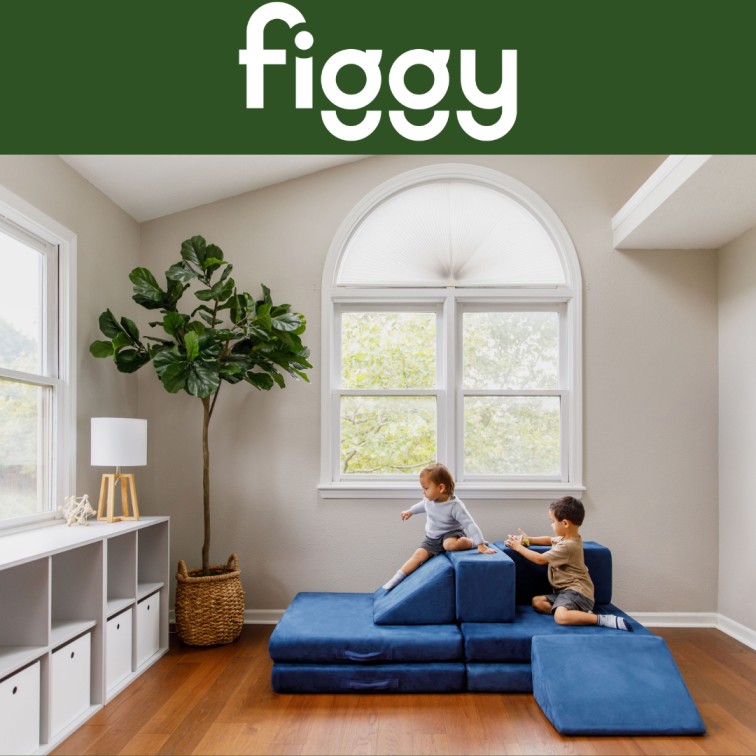Choosing the right mattress for your children is essential for their health and development. Since kids need 10-14 hours of sleep per day to stay healthy, it’s important to choose a chemical-free mattress that stays safe, supportive, and comfortable as they grow up.
The selection process may seem challenging, but it doesn’t have to be. If you’re looking for the optimal, cost-effective child-friendly mattress, our guide will steer you in the right direction.
A Comprehensive Mattress Guide for Parents
Before settling for any old mattress or bedding item, consider the following factors. After reading this article, use this mattress shopping guide to find the ideal bed for your children.
1. Discuss Pain Points
Speak to your children about their sleep issues or consider their related health issues. Are the bedwetters, heavy sleepers, light sleepers, or insomniacs? Do they constantly wake up in the middle of the night? Do they have allergies that could impact their sleep schedule or comfort?
Some issues are related to lifestyle, like too much screen time or sugar before bed, but others are chronic. Knowing what your child’s pain points are will help you narrow down your search.
2. Consider Sleeping Positions
It’s likely you already know what position your child sleeps in, but you may not know their preferred position as they’re falling asleep. Ask your children if they’re more comfortable sleeping on their side, back, stomach or if they tend to toss and turn throughout the night.
Side sleepers prefer latex mattresses, as they support their neck, shoulders, and head. Back sleepers need firmer mattresses that support their spine. Stomach and combination sleepers should choose medium-firm mattresses, but only stomach sleepers need memory foam.
3. Focus on Longevity
The best mattresses will accommodate the growing stages of your child, so be sure to anticipate growth spurts and height when purchasing a bed. If this is your child's first bed, it’s fine to buy them an adult-sized mattress because they'll eventually grow to fit the length of the bed.
4. Evaluate Durability
Children love to jump on their beds and build forts from their mattresses and pillows. It’s better to purchase a mattress that can withstand a little abuse rather than hoping your kids won’t play around on it. You should also choose a bed that’s easy to clean and can stand up to stains.
5. Twin, Double, or Queen
When transitioning from a crib to an adult bed, a twin-size mattress is good enough for now. It’s recommended that you change a high-quality mattress every 8-10 years, so consider how large your child will be when they’re 11-13 years old. At that point, they can size up to a queen.
We recommend against getting a child bed if you have the space because you’ll have to replace it with a full twin in 4-6 years. Alternatively, you could buy a trundle bed or bunk bed frame.
6. Child-Friendly Materials
Our children are much more sensitive to low-cost materials than adults are, making buying a high-quality mattress essential. That doesn’t mean you have to break the bank. There are several inexpensive mattresses that are hypoallergenic, like natural latex, cotton, and bamboo.
Avoid synthetic materials that release volatile organic compounds (VOCs). Cheap memory foam mattresses typically contain VOCs, which can cause skin irradiation, allergic reactions, and respiratory problems. Only choose materials that are breathable and 100% safe for children.
7. Overall Comfort Level
Even if you choose to buy online, go to a mattress store with your children to try out the comfort level of each mattress. It’s recommended to lay on a bed for at least 10-minutes to ensure your children are content throughout the night. Ask your children if they feel comfortable.









































No comments
We love hearing from you! Thanks for leaving us some comment love! If you're a new follower, please leave your link, so we can follow you back!